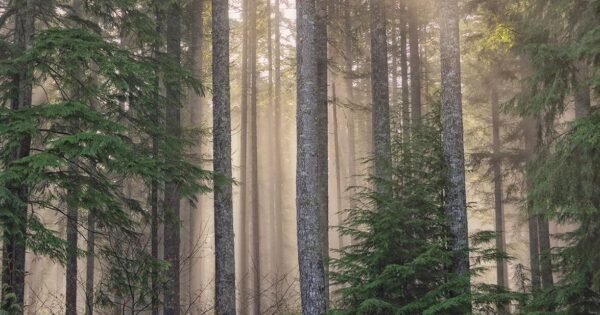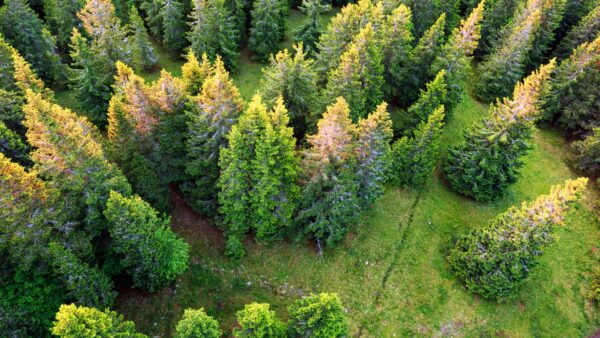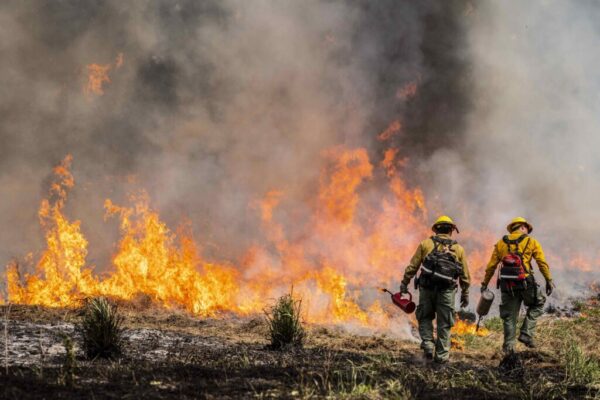This summer, a landmark study found that water temperatures in non-fish bearing streams are increasing after timber harvests. These streams are warming at rates more than allowable under the Clean Water Act.
Washington’s Forest Practice rules are designed to keep the temperature low in streams that are adjacent to timber harvests. In the State of Washington, this means forest practices may not increase stream temperature greater than 0.3 degrees Celsius above the temperature prior to harvest. When cutting trees is causing temperatures to rise above this standard, the rules need to be adjusted as quickly as possible to adequately protect the streams and the species that rely on them.
The 12-year study implies that current Forest Practices Rules are permitting activities that increase temperatures above 0.3 degrees in non-fish bearing streams, impacting downstream habitat. WEC is a participant in the Adaptive Management Program at the Department of Natural Resources and is working to strengthen Washington’s Forest Practice Rules. Currently, the rules for non-fish bearing streams allow for clear-cut timber harvests right up to the bank for half of the stream’s length, while leaving a 50-foot buffer of trees along the remaining half of the stream. This isn’t enough.
WEC will be pushing for a new rule on non-fish bearing streams that will increase the riparian buffer along the entire stream to better protect Washington’s vulnerable headwater streams and ensure cool, clean water for all.


